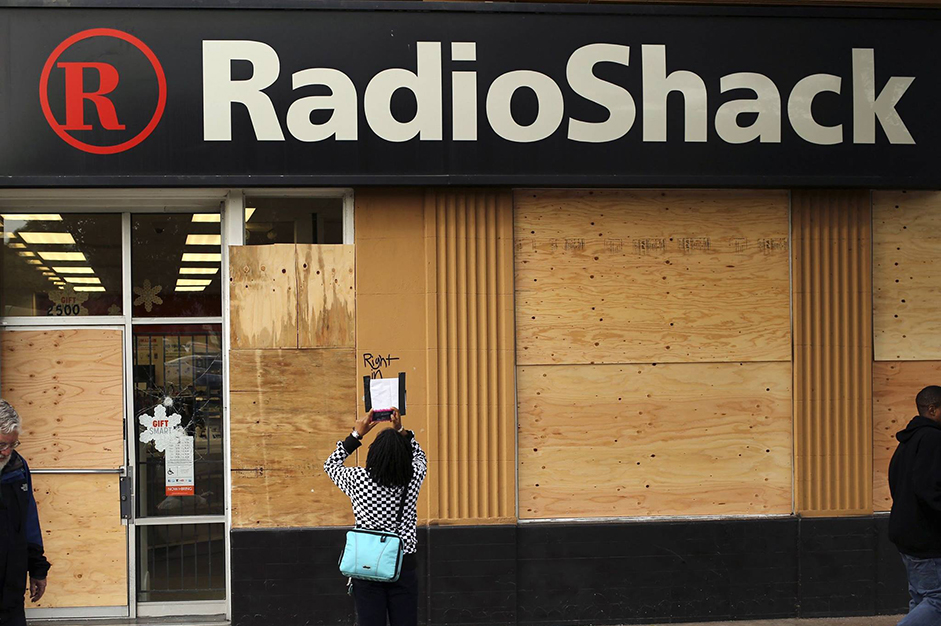As Amazon and other online operators change retail’s landscape, who will survive? If we don't support local retail, it may disappear.
Not so many years ago, if you heard someone explaining the Amazon effect, you could assume it was about trashing the rain forest.
Today, Amazon is doing some trashing of its own.
Local retail is changing
It’s a jungle out there in retail-land, a world that is changing at an unprecedented clip.
The economy is great, but retail store closings are at a pace that exceeds the closure rate during the 2008 Great Recession. In 2016, more than 2,000 retail stores closed their doors. So far, in 2017, we’re on track to lose nearly 9,000 more.
So what’s going on? Is Amazon killing retail? Do local stores have a chance as national retailers dwindle? How can we, as consumers, exert influence as the marketplace morphs? How can we support local retail?
Sears said it has “substantial doubt” it can survive. JCPenney will close 138 stores by July. Payless ShoeSource is closing hundreds of stores, and RadioShack closed more than 500.
Even Macy’s said it’s closing 68 locations, and Kohl’s and Nordstrom aren’t faring well, either. HHGregg is the most recent casualty.
It’s probably not a good idea to invest in mall stocks. Foot traffic in malls has declined by half in just the past few years.
According to just-released figures from the U.S. Census Bureau, online retail sales continue to rise and account for over 8 percent of the total.
But this doesn’t account for the huge number of retail store closures. So what else is going on?
Spending on travel and leisure is way up. Airlines are reporting banner years (despite more than a few PR issues).
For the first time, we spend more money in restaurants than we do at the grocery store. Fitness centers are enjoying good growth as are home-cleaning services. Starbucks keeps opening stores as we happily wait in their long drive-through lines.
Yes, we can blame Amazon with the dismantling of many brick-and-mortar retail stores. It’s true that more people have Amazon Prime than own a landline phone.
Another trend, however, has been taking shape for some time: We’re spending less on stuff and more on experiences.
So if you are a local retailer, what can you do you make your way through this jungle?
The answer is you must chart your own course for growth — your own marketplace. You can’t beat Amazon playing the game the way it does. You can be relevant and meaningful to your segment of prospects and customers delivering value online or off.
You have to win the hearts of your customers. You must not only sell stuff, but also the experience your stuff serves up.
Unsustainable shipping costs and customer acquisition costs have plagued the dot-coms for two decades. Add to that the demand for lower prices. Remember Pets.com? Diapers.com? E-retailers are facing the same issues today.
Amazon is not making much profit on its retail side of the business. But neither are other online-only retailers. It’s a tough model at such low prices. More retail shakeouts will come, on- and offline.
Most of the business models that are working are the omnichannels. Amazon, for example, is working on brick-and-mortar locations, Amazon Go.
Amazon even dreams of getting a chunk of the $800 billion grocery business, but that won’t be as easy as beating Border’s Books. Give them time, though, and they likely will take a big bite.
Online retailers who also operate brick-and-mortar storefronts benefit by organic site traffic and lower customer acquisition costs. It’s funny how things often have a way of coming full circle.
Retail will continue to be a topsy-turvy marketplace. But we shoppers ultimately still have a pretty big “ticket” — our dollars — to book passage through the retail jungle.
We get a pretty big say in how retail morphs. We get our say every time we decide where we’ll buy.
Next time you’re in the market for diapers, a computer or a flower arrangement, you can shop and buy locally or you can shop and buy online. It’s your money, and you can spend it as you wish.
Consider this: For every $100 spent in a locally owned independent store, about $68 is returned to the community through taxes, payroll and other expenditures. If that same $100 is spent in a national chain, only $43 stays local.
If that same $100 is spent online, nothing stays local! So before you spend your next $100, consider how you can support local retail.



